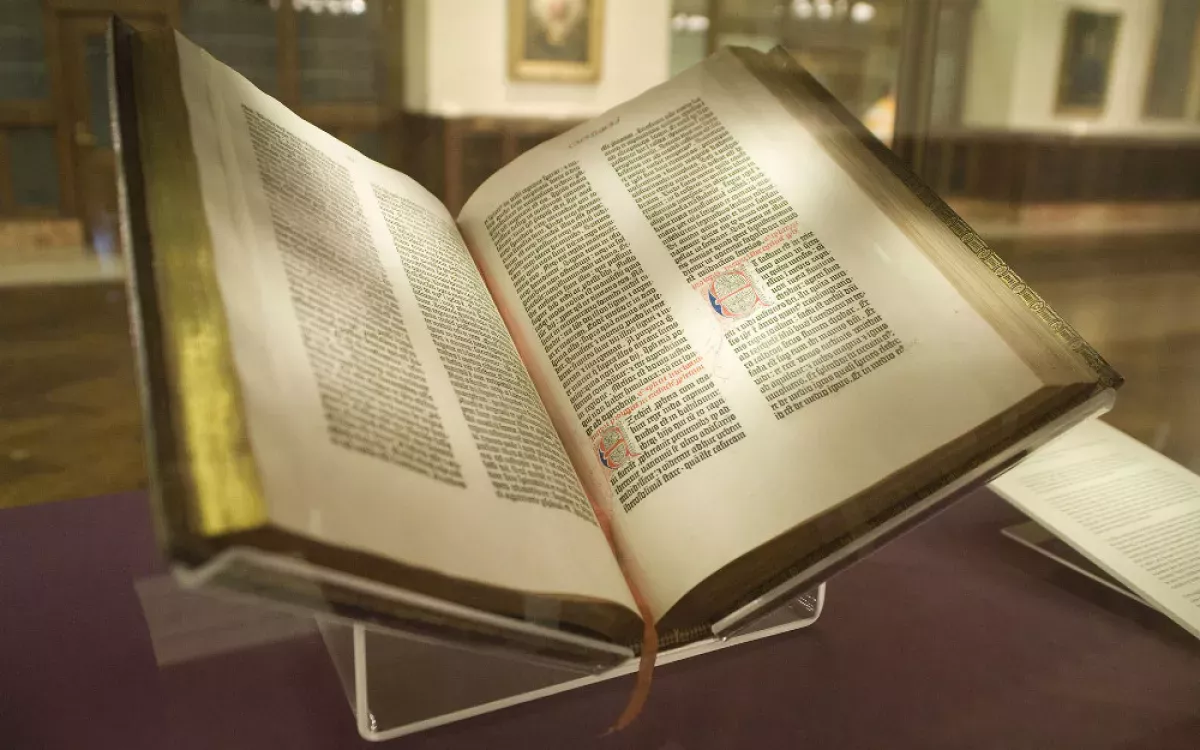Books are a means of storing information as text or images. Modern books typically take the form of a codex, consisting of numerous bound pages within a protective cover. Prior to the codex, books existed in forms such as scrolls and tablets. The creation and distribution of books involves a series of steps known as the book publishing process.
1900: Traditional Printing Methods
In 1900, book printing methods remained largely unchanged since the 15th century, relying on movable metal type. Modern paper books began using specifically designed paper, with varying qualities for different book types.
1970: ISBN System Implementation
By 1970, the ISBN system was in place, providing unique identifiers for books, as a result of increasing organization and classification strategies from libraries and library professionals.
1997: Standardization of Spine Information
In 1997, standards like ANSI/NISO Z39.41 – 1997 were implemented to standardize the placement of information (title, author's name) on book spines and similar objects like DVD or software containers. While ISBNs became common, some government publishers did not participate, highlighting exceptions in the seemingly international system.
2010: Rise of Ebooks and Audiobooks
In 2010, the book industry experienced significant changes with the rise of new technologies like ebooks and audiobooks, catering to a wider audience and increasing accessibility. Google estimated 130 million unique books published by this time.
2011: Creation of ISBD
In 2011, the International Federation of Library Associations and Institutions (IFLA) established the ISBD to standardize bibliographic descriptions. The ISBN system, with its unique identifiers and four-part structure (country code, publisher code, title code, and check digit), became internationally managed.
2021: Dominance of "Big Five" Publishers
By 2021, the English-language publishing market was dominated by the "Big Five" publishers: Penguin Random House, Hachette Book Group, HarperCollins, Simon & Schuster, and Macmillan Publishers, controlling nearly 60% of the market for general-readership books.
Trending

19 days ago Sabrina Carpenter slams Trump White House for using 'Juno' in ICE video.
1 month ago Dylan O'Brien Stars in Sam Raimi's Outrageous Horror Comeback, 'Send Help'
2 months ago Amy Poehler and Tina Fey Reunite on SNL for Political Satire and Humor

4 months ago Colorado Lottery results: Pick 3 Midday and Evening winning numbers for August 14, 2025.

6 months ago Ariana Grande mourns the loss of her grandmother Marjorie 'Nonna' Grande at 99.

1 month ago Warriors' Commitment Questioned After Loss; Green, Butler Criticize Teammates; Curry's Reaction?
Popular

Candace Owens is an American conservative political commentator and author...

Tucker Carlson is an American conservative political commentator known for...

XXXTentacion born Jahseh Dwayne Ricardo Onfroy was a controversial yet...

Ben Shapiro is a prominent American conservative political commentator media...

Kashyap Pramod Patel is an American lawyer who became the...

William Franklin Graham III commonly known as Franklin Graham is...

